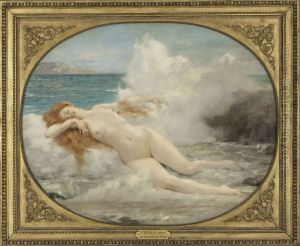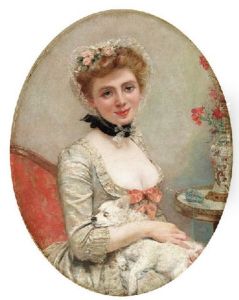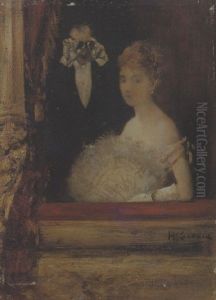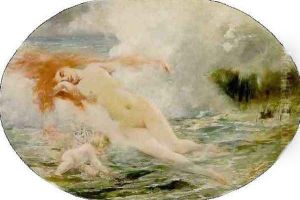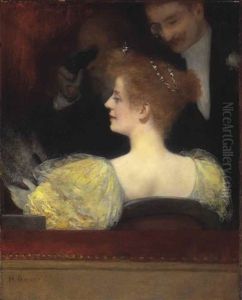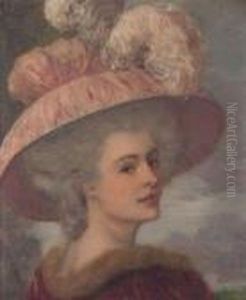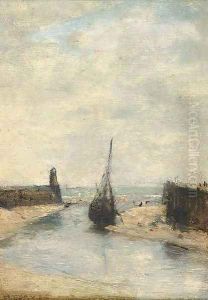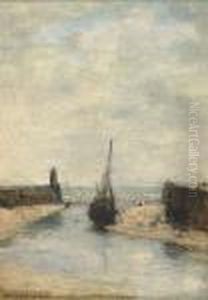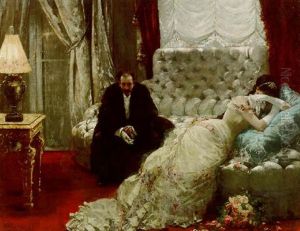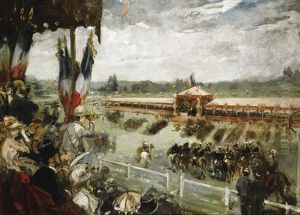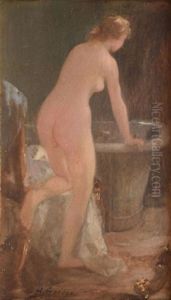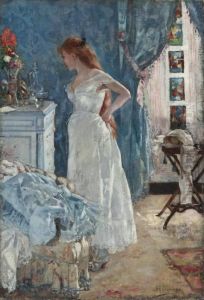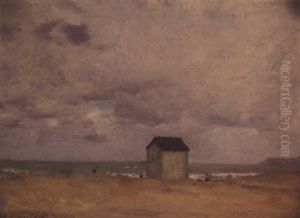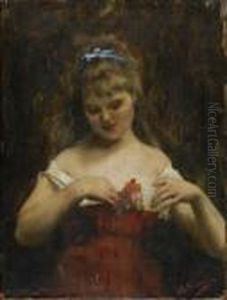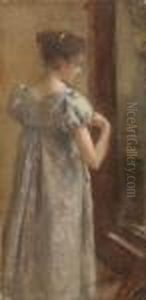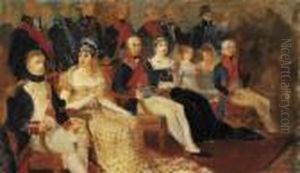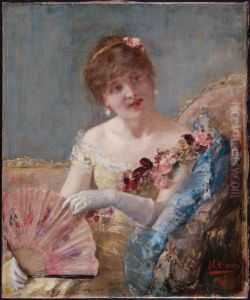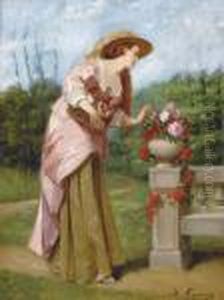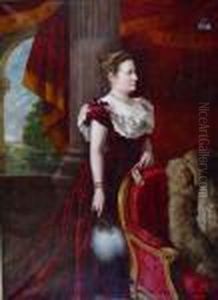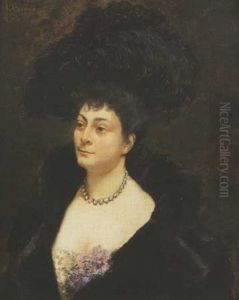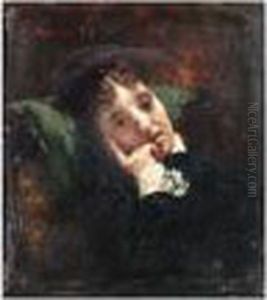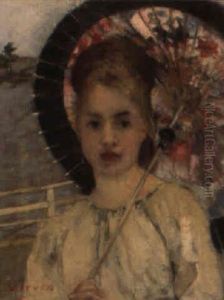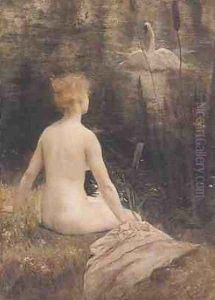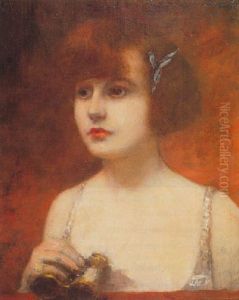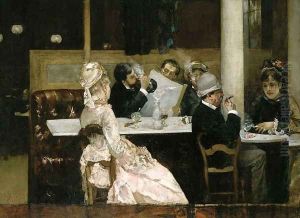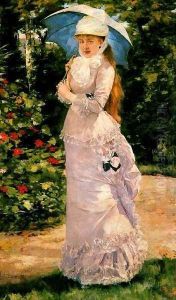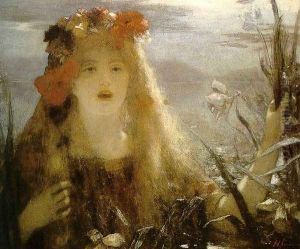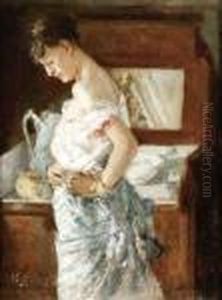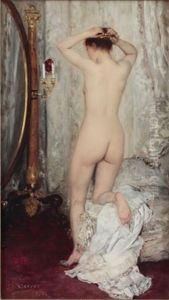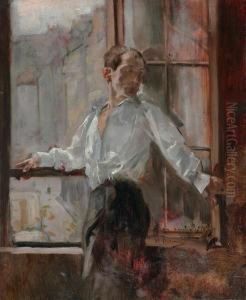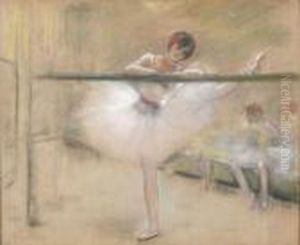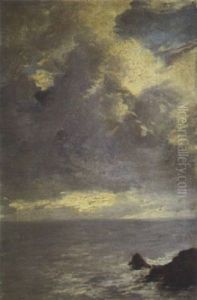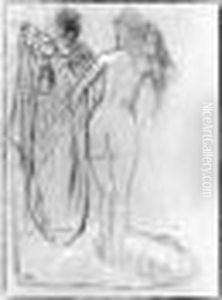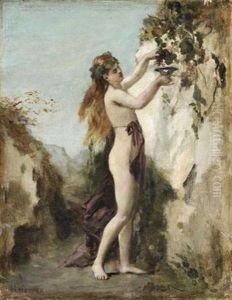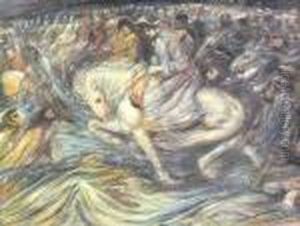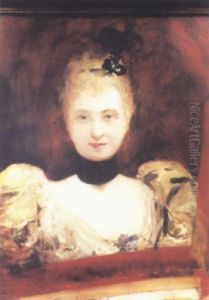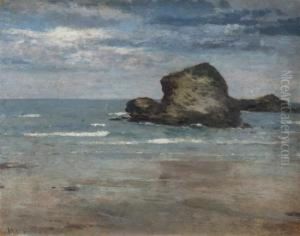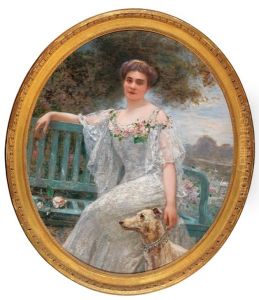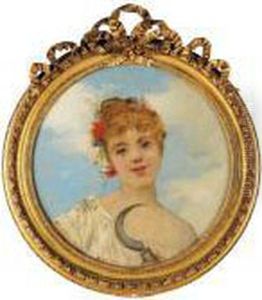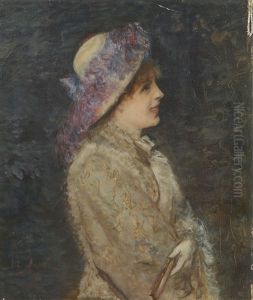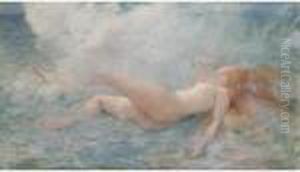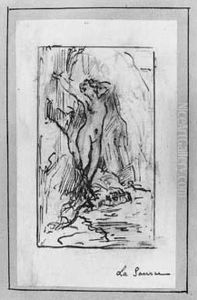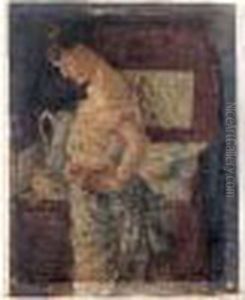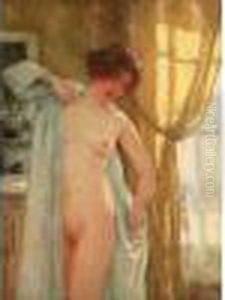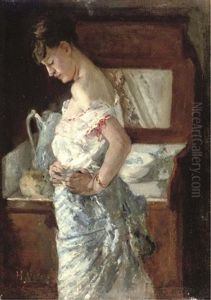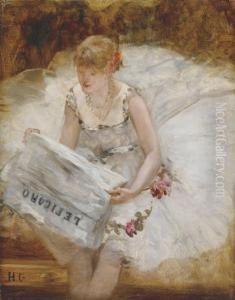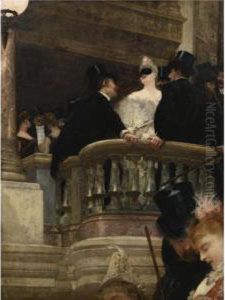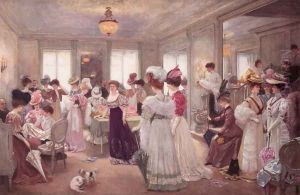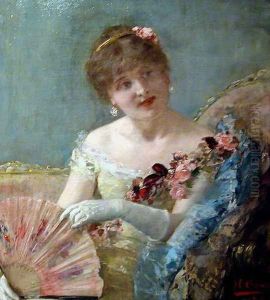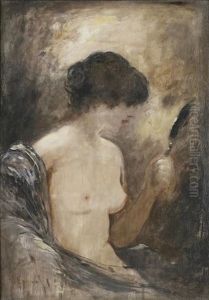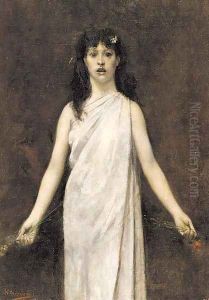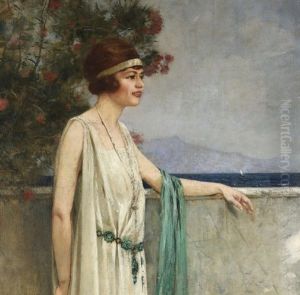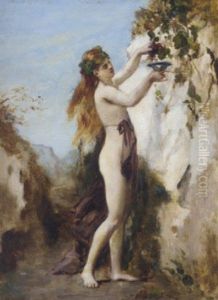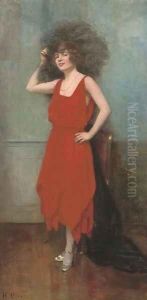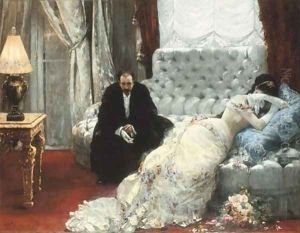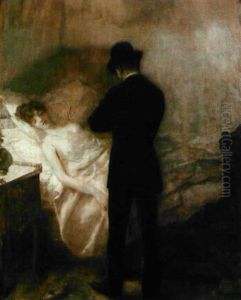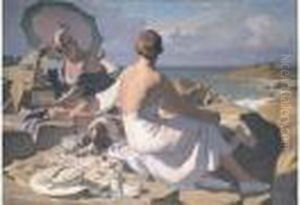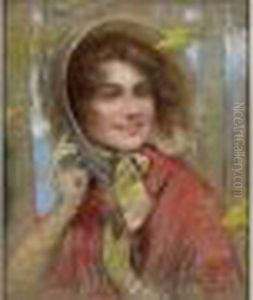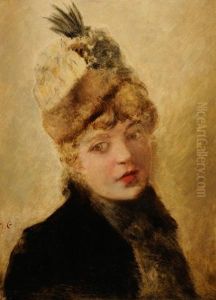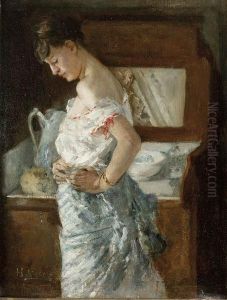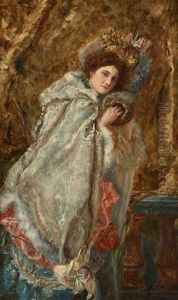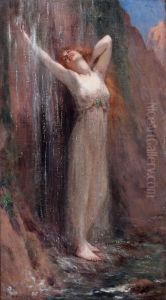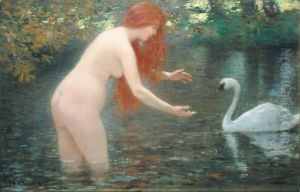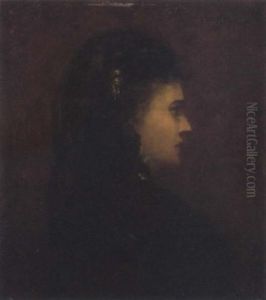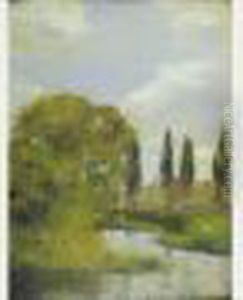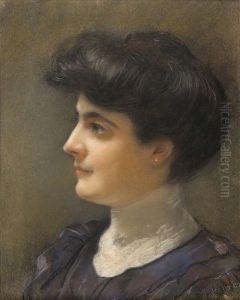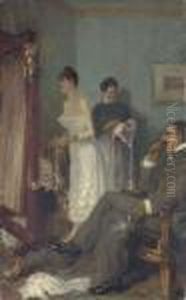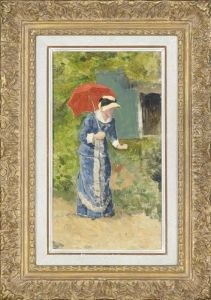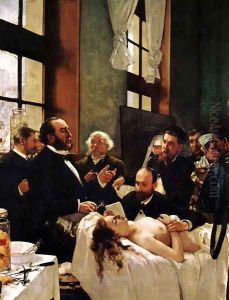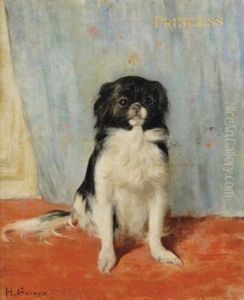Henri Gervex Paintings
Henri Gervex was a French painter born on December 10, 1852, in Paris. He began his art education at the age of 13, studying under the tutelage of Pierre Nicolas Brisset and later with Alexandre Cabanel at the École des Beaux-Arts in Paris. Gervex's early work is characterized by a firm commitment to academic painting, a style that was predominant during the 19th century which emphasized traditional forms and the beauty derived from historical and mythological themes.
Gervex's career took a turn in 1878 when his painting 'Rolla' was rejected by the Paris Salon, the official art exhibition of the Académie des Beaux-Arts in Paris, due to its controversial content. The painting depicted a scene from a poem by Alfred de Musset and showed a nude prostitute on a bed next to a man contemplating suicide. The rejection did not dissuade Gervex; instead, he displayed the work in a show at a different location, where it received a great deal of attention and notoriety. This incident marked Gervex's departure from the strict academic norms and his movement towards the more liberal and innovative approaches that were emerging in French art at the time.
During the 1880s, Gervex's style evolved as he became associated with the Impressionists, who were known for their more spontaneous and modern depictions of life. His subjects often included scenes of modern Parisian life, and he painted a number of portraits and social commentaries that reflected the urbanization and cultural changes of the period. Despite his association with the Impressionists, Gervex maintained his own distinct style, blending elements of academic painting with the looser brushwork and lighter palette of Impressionist techniques.
In addition to his painting, Gervex also worked on several decorative projects, and he was commissioned to create murals for various public buildings in Paris. These include the Hôtel de Ville and the Palais de l'Industrie. His work extended to teaching, as he became a professor at the École des Beaux-Arts in 1900, where he influenced a new generation of artists.
Henri Gervex continued to paint and exhibit his work throughout his life. He was awarded the Legion of Honour, France's highest order of merit for military and civil merits, as recognition for his contributions to French art. Gervex's works can be found in museums across France and internationally. He passed away on August 7, 1929, in Paris. His legacy is that of an artist who bridged the gap between the academic traditions of the 19th century and the more expressive and experimental movements that followed.
